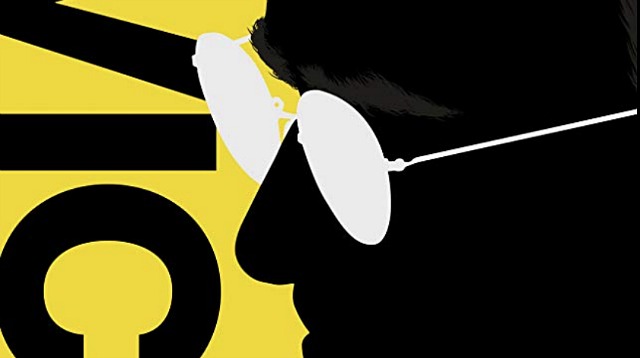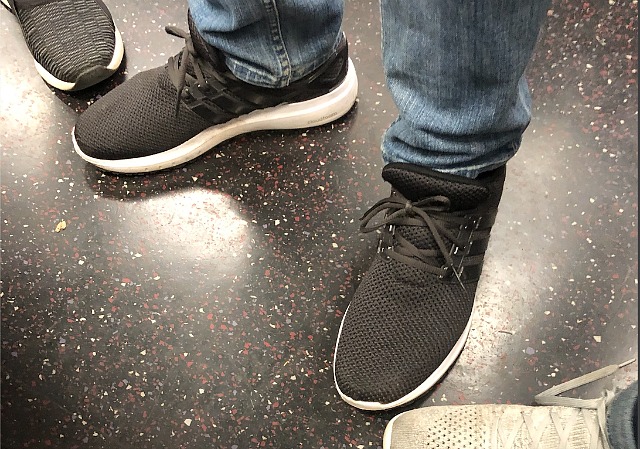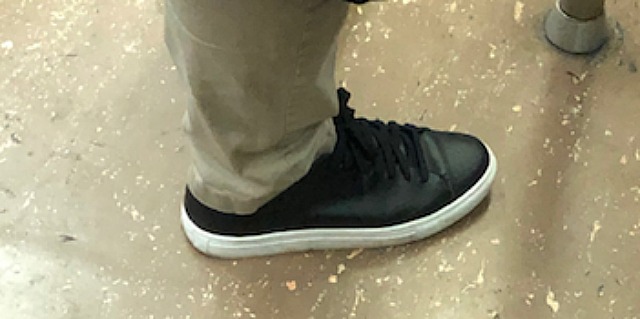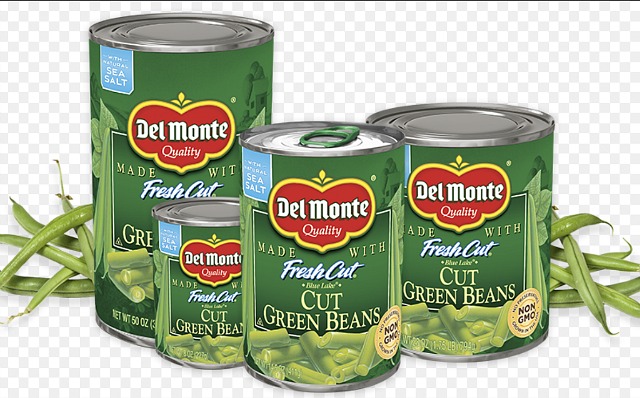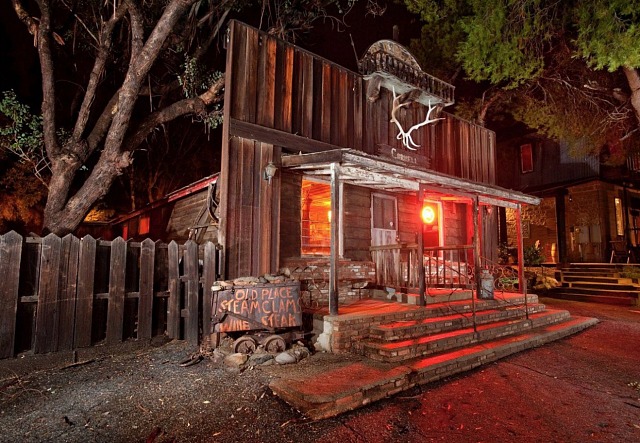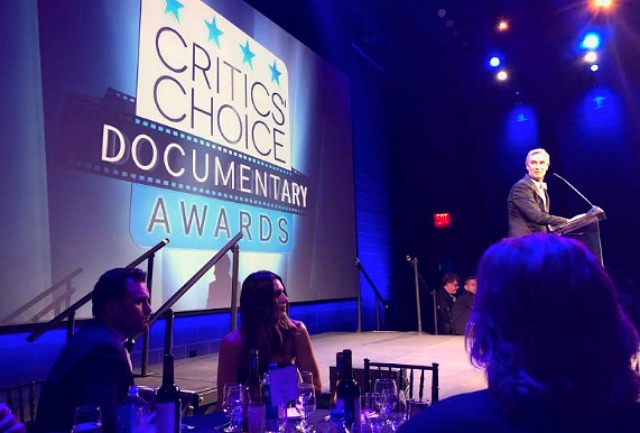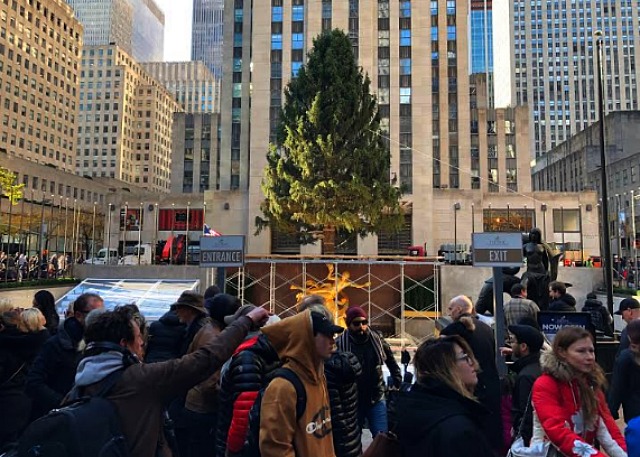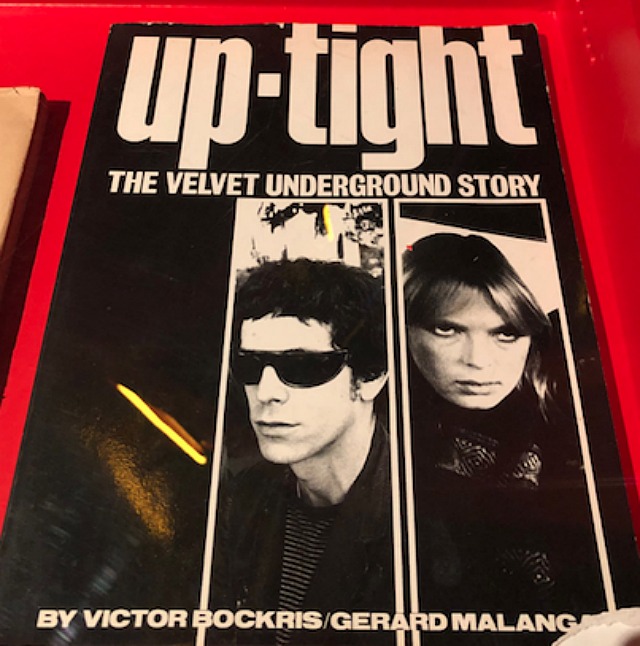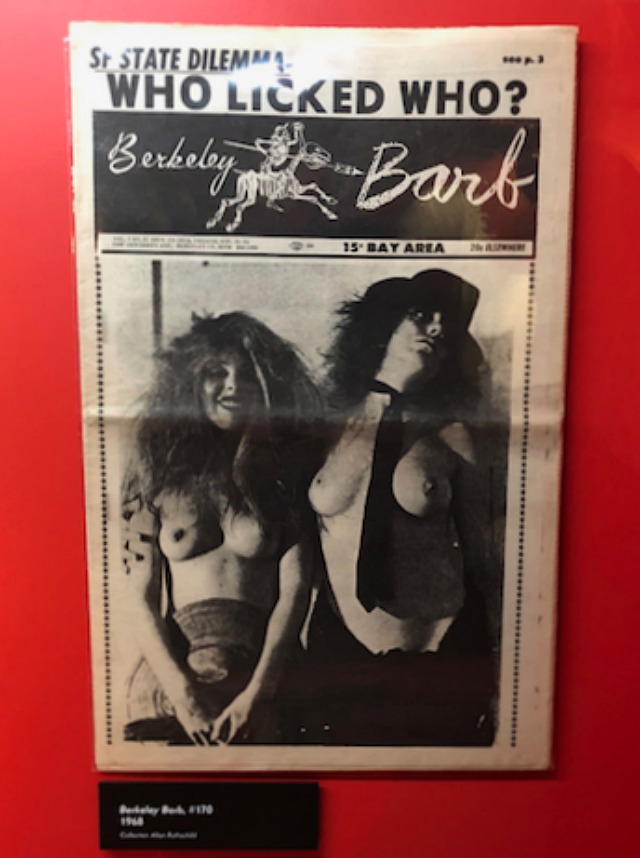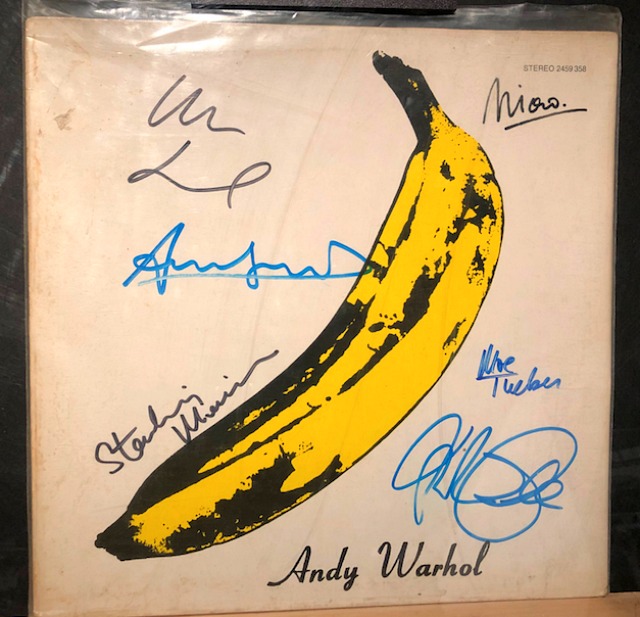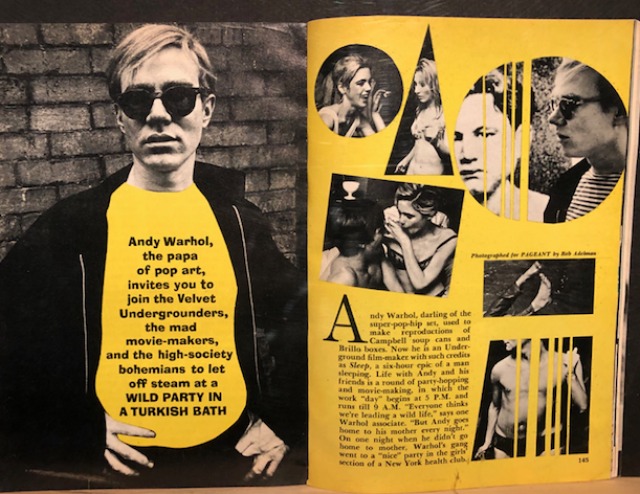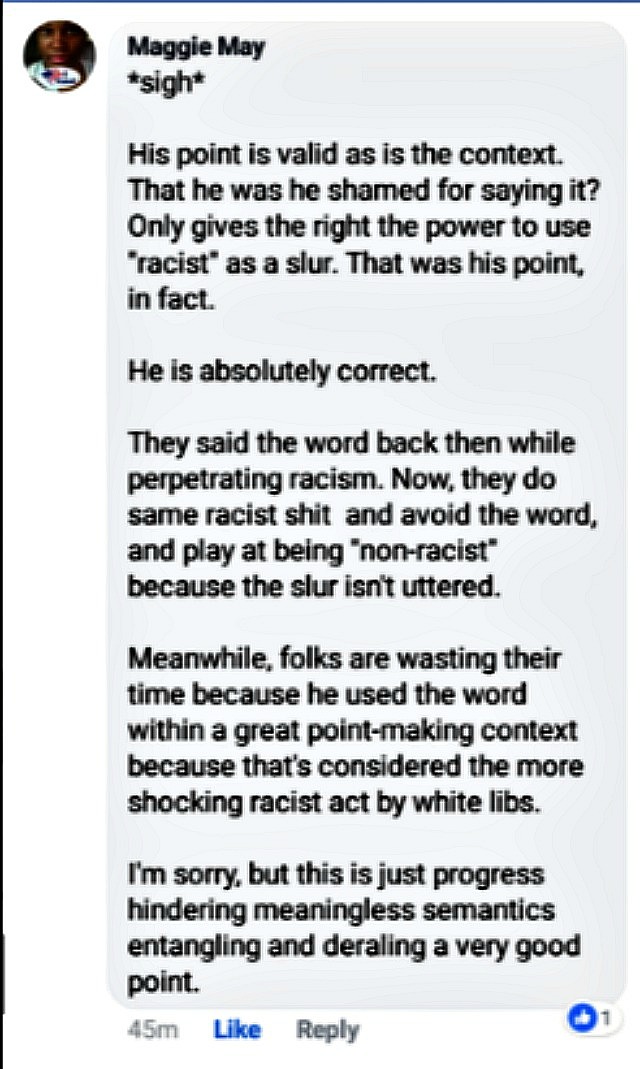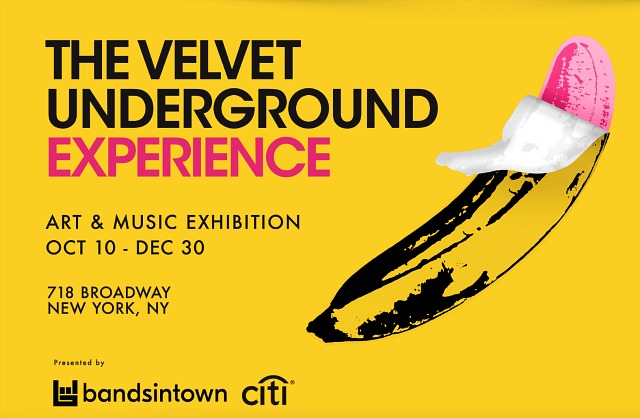Douglas Rain, the mellow-toned Canadian actor who voice-acted HAL in 2001: A Space Odyssey, has passed at age 90. Condolences to friends, family, fans.
The genius of Rain’s HAL performance (and Stanley Kubrick‘s writing and direction) is that he double-edges the Dave-disconnects-HAL scene. You feel half-sorry for this homicidal heuristically programmed algorithmic computer as he faces his last minutes of sentient existence (“When a man knows he’s about to be hanged, it concentrates his mind wonderfully“), but at the same time you’re half chuckling, or at the very least amused.
The only character in 2001 to express strong (not to mention unruly) emotions, HAL is openly terrified of death. Like Peter Sellers trying to dissuade James Mason from plugging him in the opening moments of Lolita, HAL tries every psychological gambit he can think of — denial, anger, bargaining, pleading. Then comes depression and finally acceptance with the singing of “Daisy.” Has any other malevolent character in movie history ever sung a romantic love song as he slips into the void? HAL’s a capella farewell is something we’ll all experience sooner or later, in one form or another.
Sidenote: I’ve mentioned this before, but Apple’s decision to not offer a HAL version of Siri was insane. It could have been so easy. Last summer a company called Master Replicas began offering a personal HAL device for home or office use, but at a cost I can’t afford.



